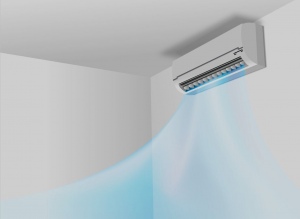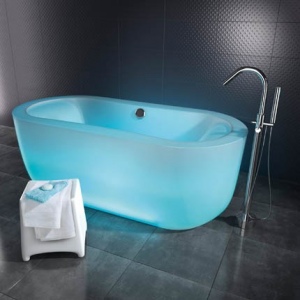Brr. Winter seems to appear on the horizon earlier every year. It makes you glad that your furnace works the way it should. Or—does it really work the way it should?
HVAC technicians stay pretty busy each winter, so it stands to reason that a lot of furnaces have trouble keeping up with the cold’s demands. And of course, in the middle of a blizzard isn’t the best time to check your furnace.
Instead, call your technician as early as you can so you can avoid these 5 common heating problems:
1. Partial or Complete Loss of Heat
Too many homeowners feel cold inside their homes each winter. Unfortunately, instead of checking the furnace or the vents, some just turn the thermostat a little higher. Meanwhile, they may not realize that their furnace isn’t really putting out heat—just air.
Such a problem is common enough. Depending on your furnace type, you may know just what’s going on. But chances are, you may also not have the first idea. Could your ducts be blocked? Is the furnace corroded somewhere? And of course, if you turn on the heat and hear no noise at all, you may have a power problem at the source.
Sounds like it’s time to call for help.
2. Faulty Thermostats
The next-likely culprit to blame for no heat (or uneven heating) may be your thermostat itself. You might particularly suspect a faulty thermostat if you’re too hot, then too cold an hour later. Temperature variations may not be just in your mind or body.
Sometimes a bad thermostat is easy to fix. If the battery has gone bad, you’ll find out by replacing it with a new battery. However, if this doesn’t solve your problem, ask your professional HVAC tech to take a look.
3. Dirty Filters and/or Ducts
It’s too easy to ignore furnace filters. Life gets busy, and before you know it, months have gone by without changing the filter. Although a dirty filter may not shut off your furnace, over time it can leech dirt into duct work and other areas in the furnace itself.
If your filters and ducts are dirty or clogged, expect to pay more in energy costs at minimum. Your equipment also won’t last as long as if you’d changed filters regularly and called your technician for periodic duct work cleaning.
4. Too Little Maintenance
Even if you regularly change your air filters, your furnace can still develop problems over time, particularly if you never call for maintenance. Don’t assume that your system is problem free. That little pilot light can go out just like that if nearby bolts and screws are rusty.
Also, don’t wait until sub-zero temperatures before you pay attention. Get your system maintained at least once a year, preferably before cold temperatures even arrive.
5. Aging Equipment
You may pride yourself on how long you’ve survived with a decades-old furnace. However, if you knew the potential dangers of old furnaces, you might not be so proud. According to Air Control, a HVAC company that specializes in Trane furnace repairs in Spokane, WA, aging furnaces risk cracks and dangerous leaks, whether you use a high-efficiency gas furnace or an old boiler.
If your furnace is over 15 years old, call your HVAC specialist without fail every year. He or she will inspect every nook and cranny to ensure that the furnace isn’t leaking carbon monoxide. If your furnace is past its prime, consider major repairs (if possible) or—even better—a new furnace.
By noticing these warning signs before they develop into serious problems, you’ll not only stay warm this winter, you’ll also stay safer all year round.







